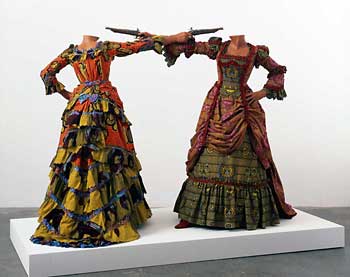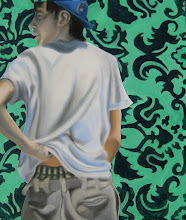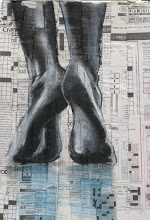What you need to know:
• Early Christian – importance of Constantine, history of Christianity, end of paganism, Fall of Rome and Appropriation (see Homework #9 context); various mosaics and the function of mosaics in Early Christian art, representation of Christ (visual and conceptual), plan and parts of the Early Christian basilica
• Byzantine – three periods of Byzantine art, history of Constantinople (division of Roman Empire and fall of Constantinople), Theocracy, Justinian and his importance, Hagia Sophia and importance of light (meaning), importance and significance of Orthodoxy, Iconoclasm and results of, “3 F’s and a G”
• Vocabulary – icon, iconoclast, orthodox, mandorla, orant figure, narthex, nave, aisles, transept, clerestory, central plan, basilica plan, dome, squinch, pendentive, spolia, tesserae, lunette, theocracy
Images to know:
• Early Christian – Old Saint Peter’s, Rome; Christ seated, Santa Costanza – interior, diagram and ceiling mosaics, The parting of Lot and Abraham mosaic, mausoleum of Galla Placidia, Christ as Good Shepherd, Suicide of Judas and Crucifixion of Christ ivory box, Pala d’Oro, Rossano Gospels, Diptych of the Nicomachi and the Symmachi, Samuel Anointing David, Miracle of the Loaves and Fishes, sarcophagus of Junius Bassus
• Byzantine - Justinian as world conqueror (Barberini Ivory), Hagia Sophia – interior and exterior, San Vitale (building and Justinian/Theodora mosaics, Saint Apollinare in Classe, Ravenna (Saint Apollinaris amid sheep mosaic), Ascension of Christ - Rabbula Gospel, Theotokos and Child between Saints Theodore and George, Crucifixion-Church of the Dormition, Saint Mark’s, Vladimir Virgin,
Tuesday, November 30, 2010
Subscribe to:
Post Comments (Atom)








No comments:
Post a Comment